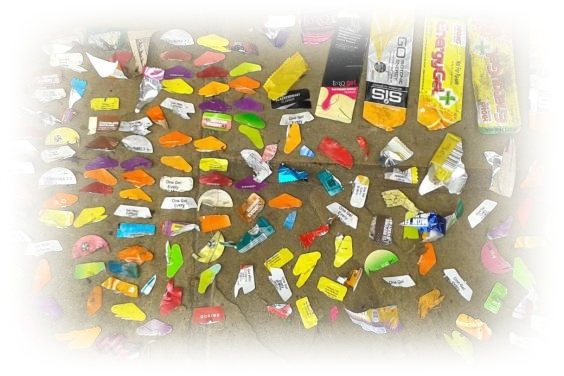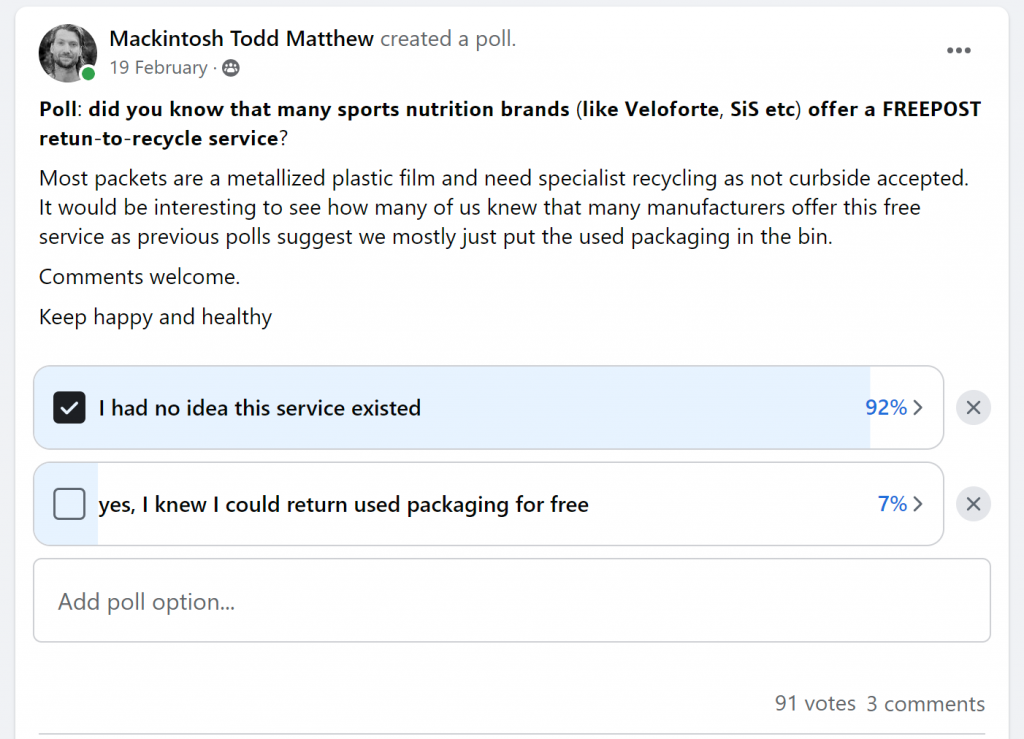It was only a year ago that I crawled out of the water and purchased my first pair of trail running shoes. Possibly evolution but my swimming coach would disagree. Up until that point I was a swimmer (mainly long distance) and participated in track and field. There was a large gap in my late 20’s to late 30’s where the only sport I engaged in was watching it on the television. So getting into running was a new(ish) experience.
On strong advice of a good friend to ‘go and get a running gait analysis done’ at a specialist running shoe shop I went and booked my appointment.
The gait analysis was a slow motion video of me running on a treadmill. Apparently I’m ‘normal’.. I don’t get told that very often. Visiting a specialist running shop while in the mood to get running turned out to be an expensive experience. With my first pair of running shoes in the bag the salesman there questioned my goals to get an idea of what my ‘needs’ were.
I started running mainly to raise money for the charity I run. So I told him I intended to enter a trail half-marathon in 6 weeks. And that I love endurance sports and am quite keen on hard or technical hikes so I can only imagine I’ll gravitate towards trails and, where possible, will avoid tarmac.
With that said, I was soon told about and shown all the gear that I would ‘need’. From gels, to hydration packs, to waterproofs, to compression socks to gloves and anti chafe balm. The language used was pretty convincing. Especially in regards to ‘nutrition’. All this talk of hitting walls and the health impact of not getting the right amount of carbs, that a gel every 20 mins may even be needed.. Sheesh.. This is some serious stuff.. So I left with a hydration bag stuffed with all different kinds of gels and bars and, of course, some clothing including compression socks. I spent a good few hundred pounds that day. My wife will be able to tell you exactly how much.
During my training I decided to give some of these gels a go. I had three brands , SiS Go, Veloforte and Torqfitness gel. The veloforte gel tasted the best out of them all. The other two were simply sickly. I clearly wasn’t a fan of gels from the very beginning. And I started to dislike them the more I used them. It wasn’t just the taste I disliked, I noticed that there was either no recycling info on the packets, and where there were, they were very inconvenient or ambiguous. I had already become quite sensitive towards my personal impact on the environment so this got me digging deeper.
It turns out they are all pretty much as bad as each other when it comes to recyclability and a few are notably worse when it comes to informing the user about how to handle the waste the product becomes.

As an example of just how utterly poor (want to say pisspoor but not sure if that’s acceptable) the recycling/waste management info on these products are, let’s look at the SiS Go gel packet. SiS is the supermarket gel supplier of choice; The Coca Cola of the gel industry in the UK. Their product has no recycling information, however they state on their website: Our current gel, bar and sachet packaging isn’t widely recyclable through traditional methods, however we’re pleased to offer all of our customers a free recycling bag to significantly reduce our environmental impact. Why don’t they make more effort to inform the customer of this? In my view it’s a clear case of profit-before-planet. The recycling service is expensive, as is the cost of returning the packets by pre-paid post. This just eats into their profit margin.
This kind of discussion does open up the question as to whose responsibility the waste is? Is it the manufacturer for producing a product and bringing it to market, or is it the consumer who buys it? Feel welcome to share your thoughts in the comments.
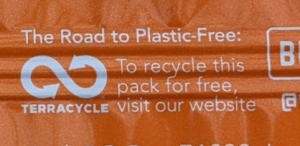
Veloforte are the better examples and they are trying to become plastic free (or so their sustainability marketing says .. https://veloforte.com/pages/sustainability .). Their packaging contains info on how to send the product back. Yet runners questioned (97%) were unaware of the return to recycle service. They have taken note: View twitter thread https://twitter.com/iRun4Pants/status/1495676511944421378
My disgust for readymade gels really came to a head after I experienced the horror of getting back from a lovely trail run only to find that I dropped the rip-off gel tab somewhere. I was sure I put everything in my bag pocket. It turns out that’s a common problem, as the polls below will demonstrate.
Let’s just take a moment to turn our attention to the elephant in the room: single use plastic waste. While I ramble on about recycling, the fact is recycled plastics are still plastics and will at some point end up in the ocean, in landfill or in an incinerator pumping out toxic fumes and adding to global warming. So even when we are not accidently littering, the plastics will ultimately end up polluting the environment. To tackle this on a deeper level we need to think about steering away from single use plastics and plastic in general .. But on the surface level there are a few tiny little actions being implemented to stop this happening prematurely. Like the litter reduction designs on some gel packets.
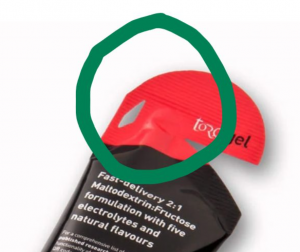
Torqfitness gel has a design that enables the tab to stay attached to the packet when ripped open. I asked Torq if the design was patented to which they responded: The gel rip top tab is not patented; however, we did work closely with our manufacturer to produce this litter free design.
So why oh why are the majority of gel manufacturers still creating a product with such a natural propensity to cause indiscriminate littering? Again .. I guess it’s just another case of profit-before-planet.
I decided to ask other runners about their experiences with gels.. Here’s what I learned:
1. The majority of runners asked had dropped a gel tab
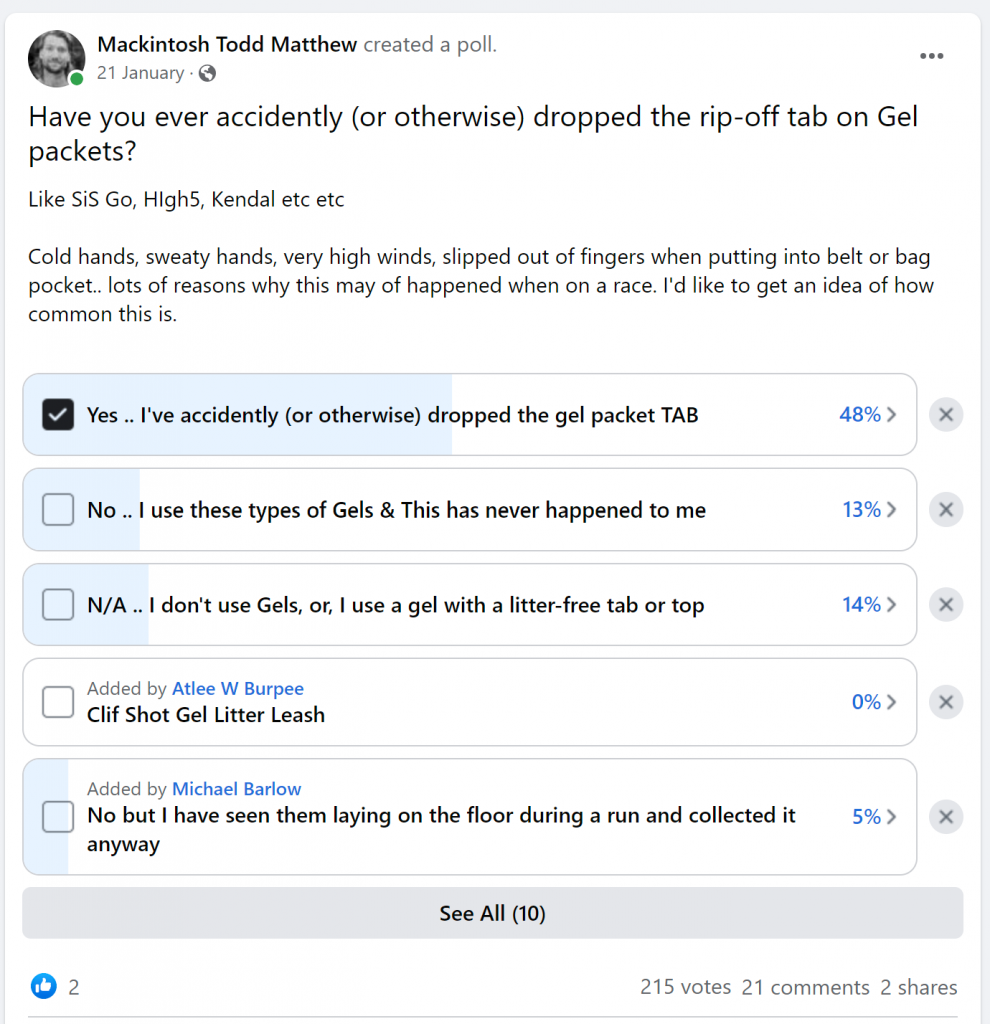
2. The vast majority of runners asked put the (not easily) recyclable used gel packets in the non-recyclable bin
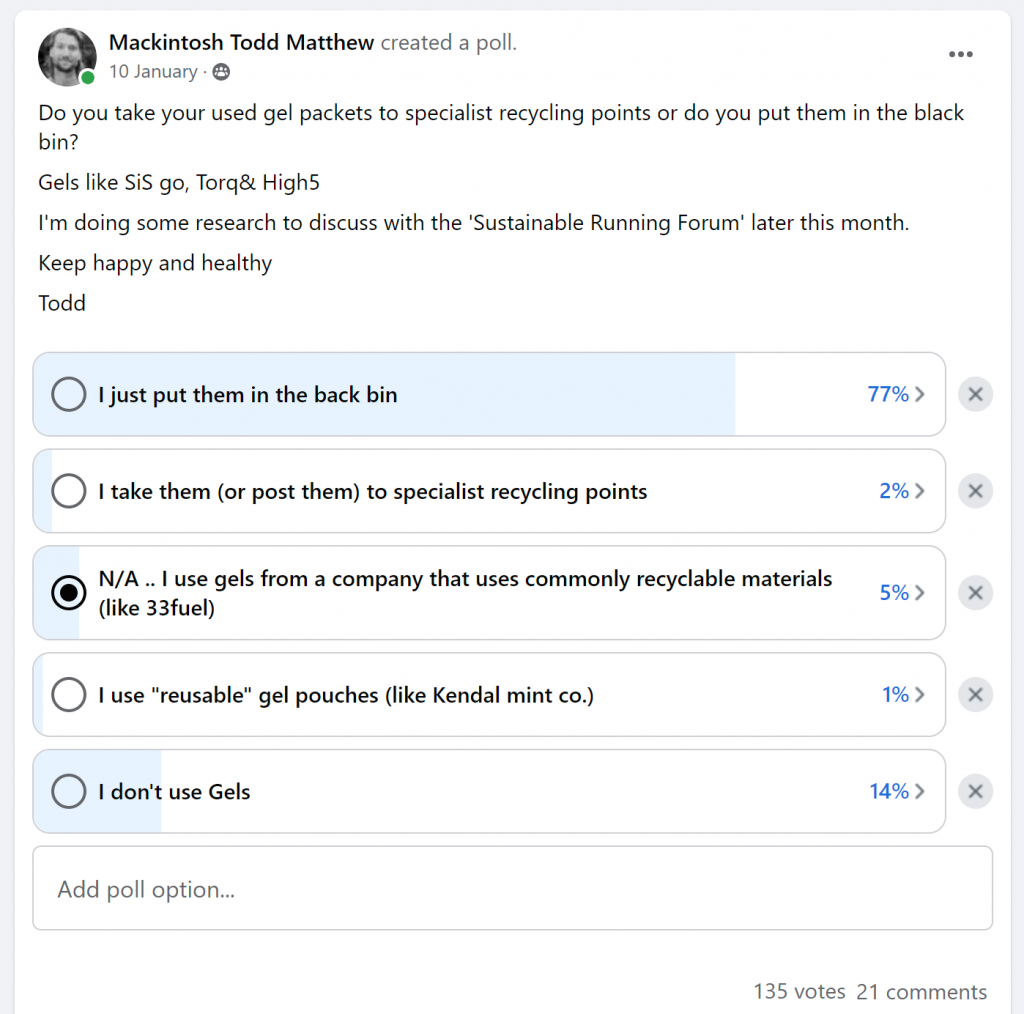
3. Almost all runners asked if they knew that gel manufactures operate a return for free to recycle service were unaware
It has been my policy ever since to only use reusable or kerbside recyclable gels if I use them at all. I have used Active Root Ginger but I’ve actually not used any for a long time. Partly because Active root was using too much single-use plastic in the shipping of the bulk product to me but I think the main reason is I’ve found that gels aren’t essential. That I don’t ‘need’ them, as I was told by the sports shop salesman.
Having been keen to learn more about what nutrition I need on longer runs it turns out that the advice we are often given is far too generic and often misleading. Will they improve your performance? What is the purpose of a gel? What alternatives are there to gels?
These led me to learn that there are lots of ways to keep fuelled up on a long run.. I’ve also incorporated 33Fuel’s carb drink into my runs which is a great way to get a faster delivery when needed. 33Fuel’s Chia Gel is also a good alternative. While still single use the packaging is kerbside recyclable and is shipped dry (you add liquid) so a lower carbon footprint there. Read more about 33Fuel’s sustainability policies here https://www.33fuel.com/pages/sustainability
I’ve learnt that, in the most part, eating what you like or enjoy eating (especially for longer runs you really need to ‘want’ to eat), that is packed with what you need does the job nicely. I’ve tried home-made cake (my wife cooks the best pound cake!), mixed fruit and nuts, crushed mixed fruit and nuts, sugar, jam (sugar with fruit), all manner of nut butters in small tupperware and some experiments with sandwiches. It’s all good fun.
It would be worth pointing out that the brand Nurhu has produced the world’s first edible packaged energy bar. Yep, no packaging. It is the packaging. You eat the whole thing. https://www.nurhu.com/ – I love them being a massive oat nibbler (overnight-oats for breakfast everyday). The other good thing about eating oaty snacks on a run is they tend to need washing down more than many other bars. This is a good thing in my view as we are often a bit crap at hydrating and any extra cause to get a bit more water in you the better. Silver lining.
It is hard to ignore the rhetoric and easy to just go with what the masses do, but considering the waste gels clearly create, not to mention the litter (albeit often unintentional), I’d recommend ditching these single use gels for alternatives. Dig a little deeper into what your body needs and you’ll get plenty of effective and unconventional ideas… Like macarons.
(author: Todd Mackintosh)
What, other than single use-gels doses and ready-made nutrition bars do you use on your long runs?

